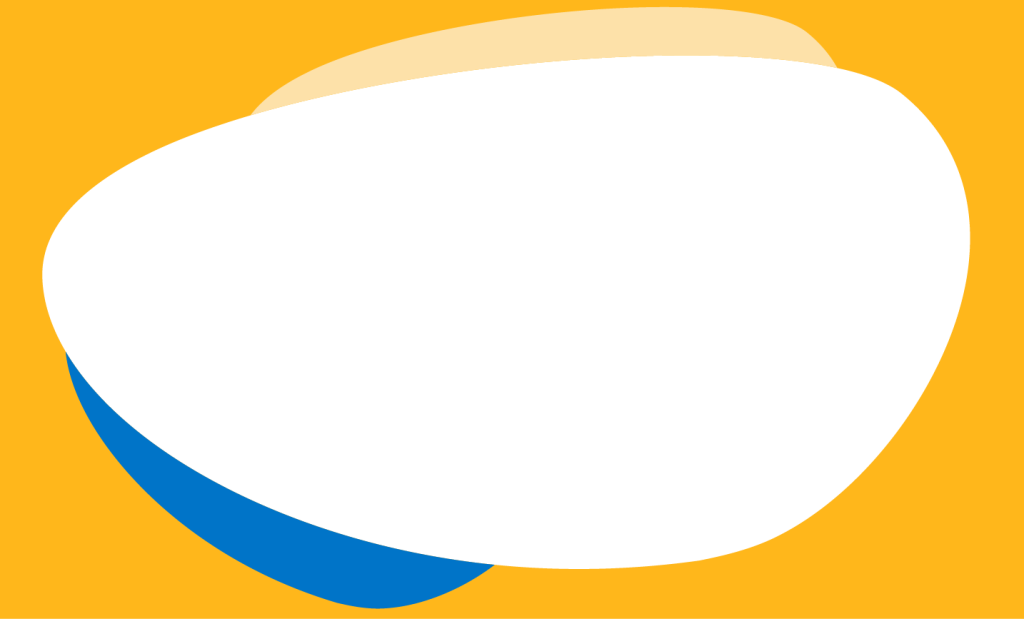
‘Low muscle tone’ is a condition of abnormally low muscle tone, the amount of tension or resistance to movement in a muscle. Low muscle tone occurs when the length of the resting muscle is slightly longer than typical. This means that the muscle fibers are not overlapping at an optimal level and there are fewer points where the fibers can attach and generate pull on the muscle. As a result, the person’s muscle needs to go through a greater range of motion and, as a result, more energy is used. On top of this, it often takes greater stimulation for the muscle to activate, which also increases the response time of the muscle and it directly influences the child’s performance abilities. The use of extra energy contributes to the decrease in the child’s endurance.

Diagnosis alone is NOT the solution. It simply opens the door to getting the help that is needed by arming all involved with the relevant information.
The ‘help’ still needs to be provided. The help that is provided (at least from a therapy perspective) will reflect:
More specific implications of not seeking treatment will be influenced by the common difficulties that are most influencing your individual child.
For more information see the relevant fact sheets under areas of concern or refer to the other relevant resources section below.
Diagnoses are used to label a specific set of symptoms that are being experienced by a child.
This label then helps to narrow down and specifically tailor what:
A diagnosis helps the child and their carers (parents, teachers, health professionals, carers) to:

WE ACKNOWLEDGE THE TRADITIONAL CUSTODIANS OF THE LAND IN WHICH WE OPERATE AND PAY OUR RESPECTS TO ELDERS PAST, PRESENT, AND EMERGING. OUR FAMILY IS FOUNDED ON HOSPITALITY, THE BELIEF THAT EVERYONE IS WELCOME! DIVERSITY, INCLUSION, AND EQUITY ARE CELEBRATED, REPRESENTED, AND SUPPORTED IN OUR PEOPLE, OUR CUSTOMERS, AND OUR COMMUNITIES.